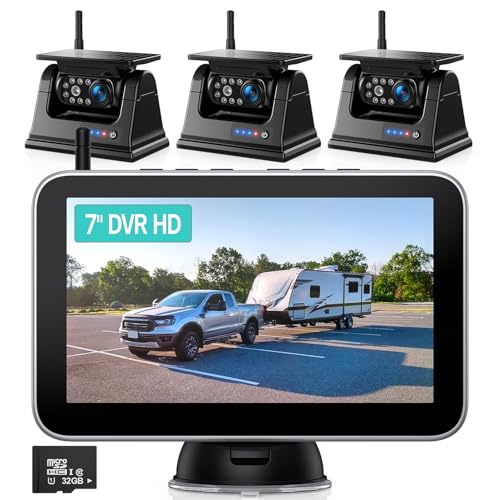Hi all,
Out of curiosity I was looking up generators to see what's out there. I'm still in the build-out phase but plan to run entirely off solar.
I was looking at this genny and the numbers don't quite make sense to me. I'm sure there's some sense to them, and I'll need that to eval other units. It says 1700W, but the output is only [email protected] DC. This would be only 100W. For 1700W@12V, it seems like this should be ~141A (whoa!). (Don't generators naturally produce DC?)
And given it's 9.5h runtime at 25%, that would be 2.375h at 100% utilization, which I'd assume I'd use to quickly boost the batteries, then turn the noise off. How does one control the output of a genny, and is 100% actually discouraged?
http://www.championpowerequipment.com/products/inverters/73536i-2000w-inverter/#product-specs
JFYI, my battery bank will be 12V 400Ah.
And does anybody know of generators that are JUST small generators without the inverter? I'lll already have in inverter in my system, no need for the redundancy/cost/extra-thing-to-break. With auto-start would be sweet
Thanks, all! I'm sure it's simple.
Out of curiosity I was looking up generators to see what's out there. I'm still in the build-out phase but plan to run entirely off solar.
I was looking at this genny and the numbers don't quite make sense to me. I'm sure there's some sense to them, and I'll need that to eval other units. It says 1700W, but the output is only [email protected] DC. This would be only 100W. For 1700W@12V, it seems like this should be ~141A (whoa!). (Don't generators naturally produce DC?)
And given it's 9.5h runtime at 25%, that would be 2.375h at 100% utilization, which I'd assume I'd use to quickly boost the batteries, then turn the noise off. How does one control the output of a genny, and is 100% actually discouraged?
http://www.championpowerequipment.com/products/inverters/73536i-2000w-inverter/#product-specs
JFYI, my battery bank will be 12V 400Ah.
And does anybody know of generators that are JUST small generators without the inverter? I'lll already have in inverter in my system, no need for the redundancy/cost/extra-thing-to-break. With auto-start would be sweet
Thanks, all! I'm sure it's simple.










































































